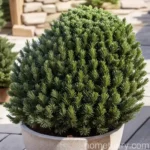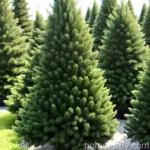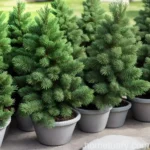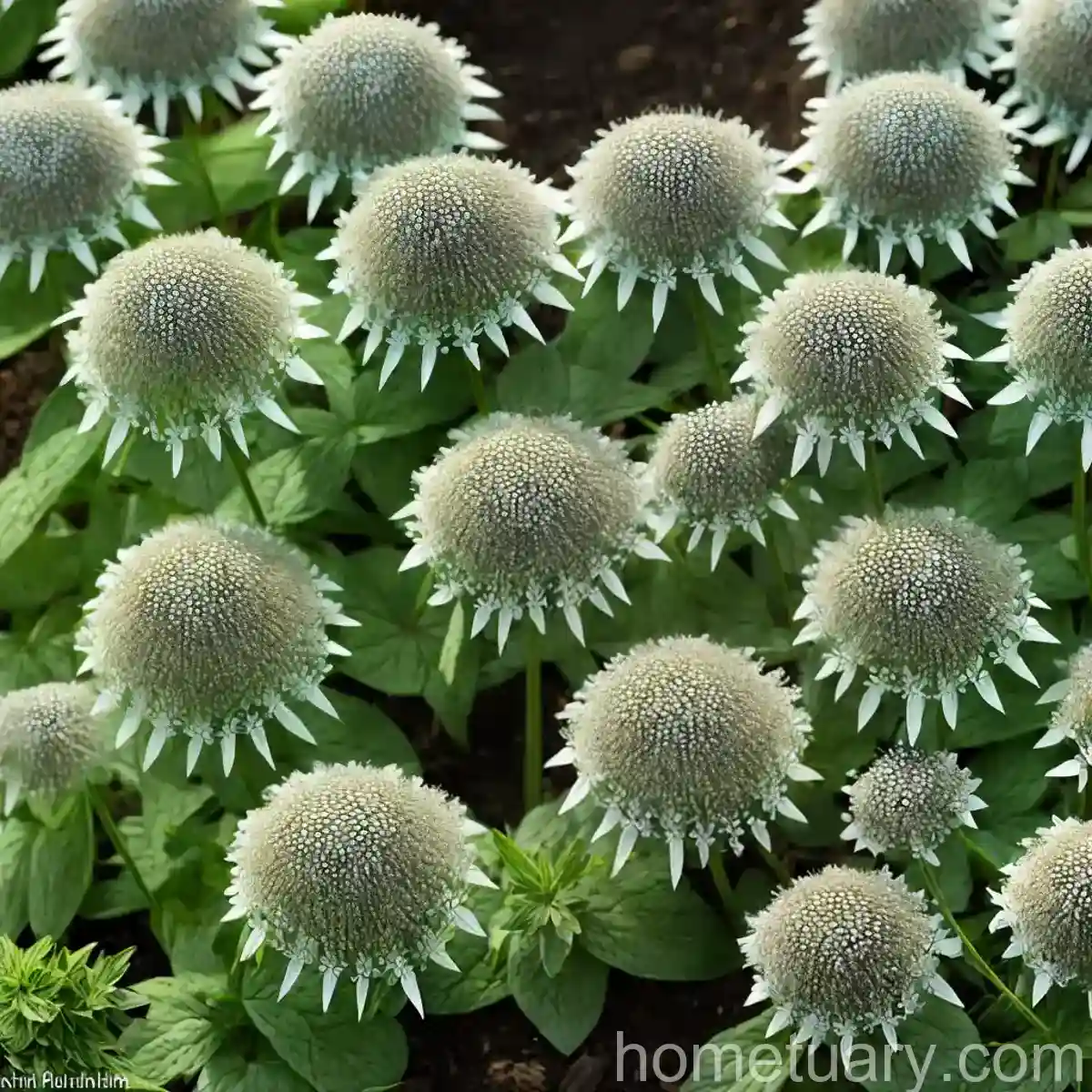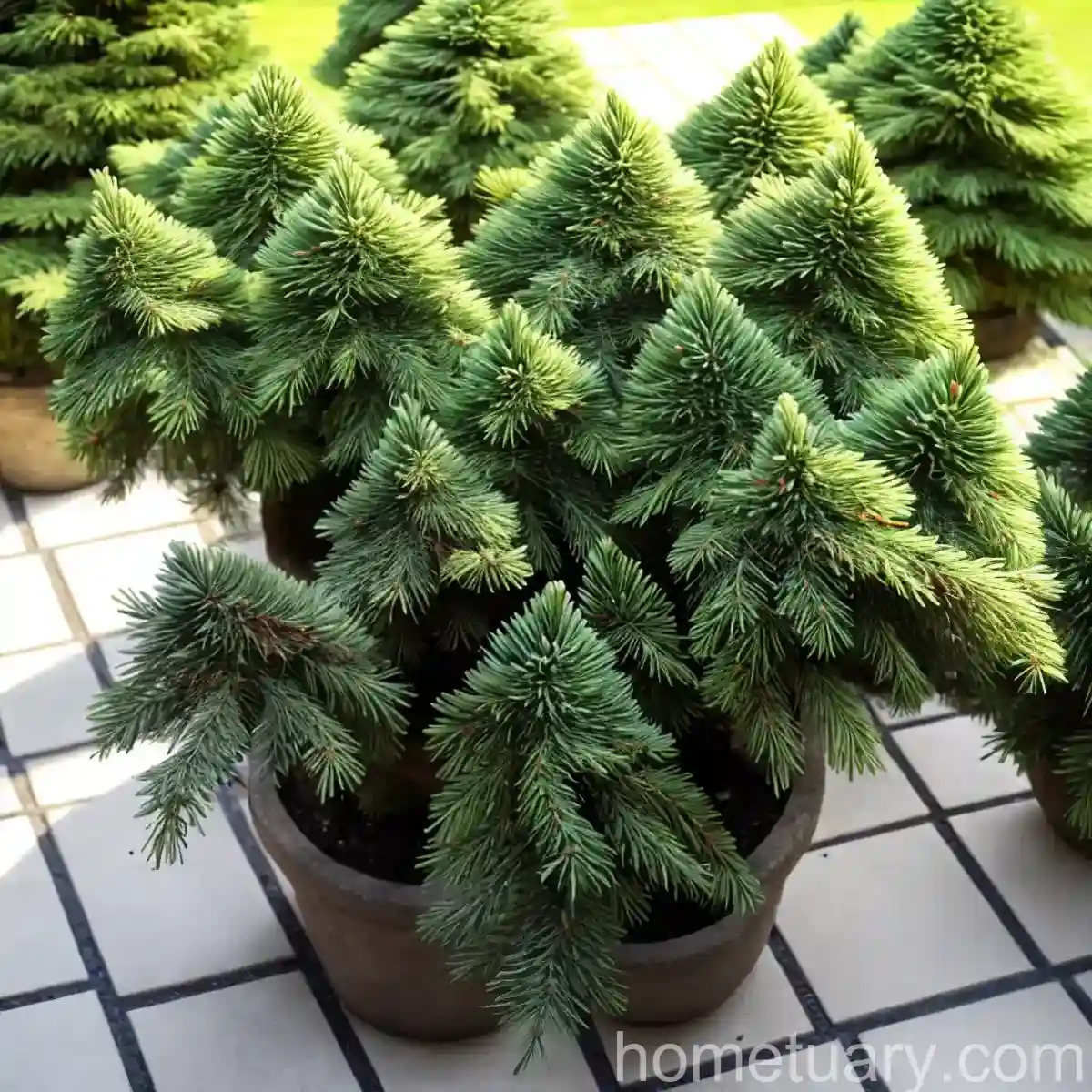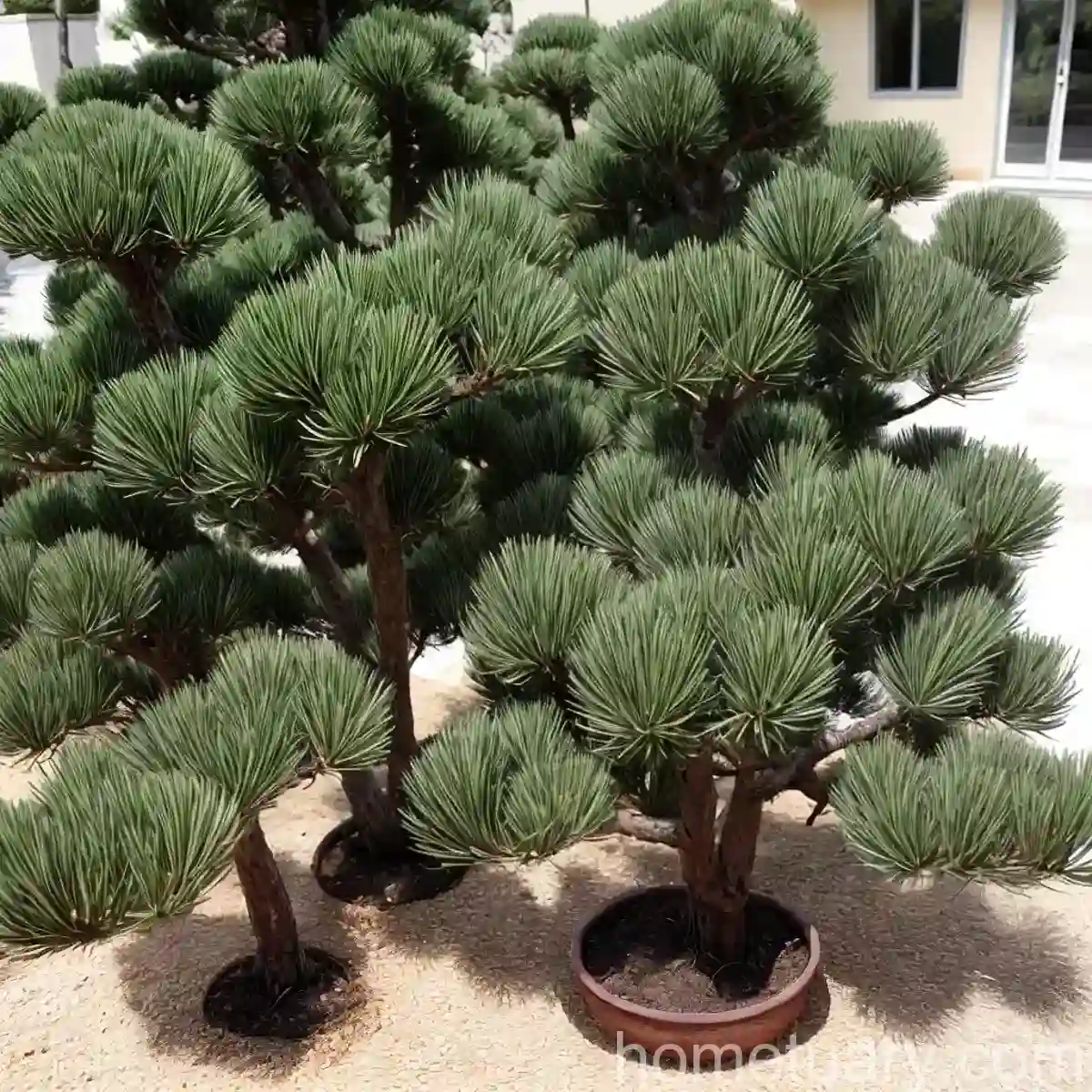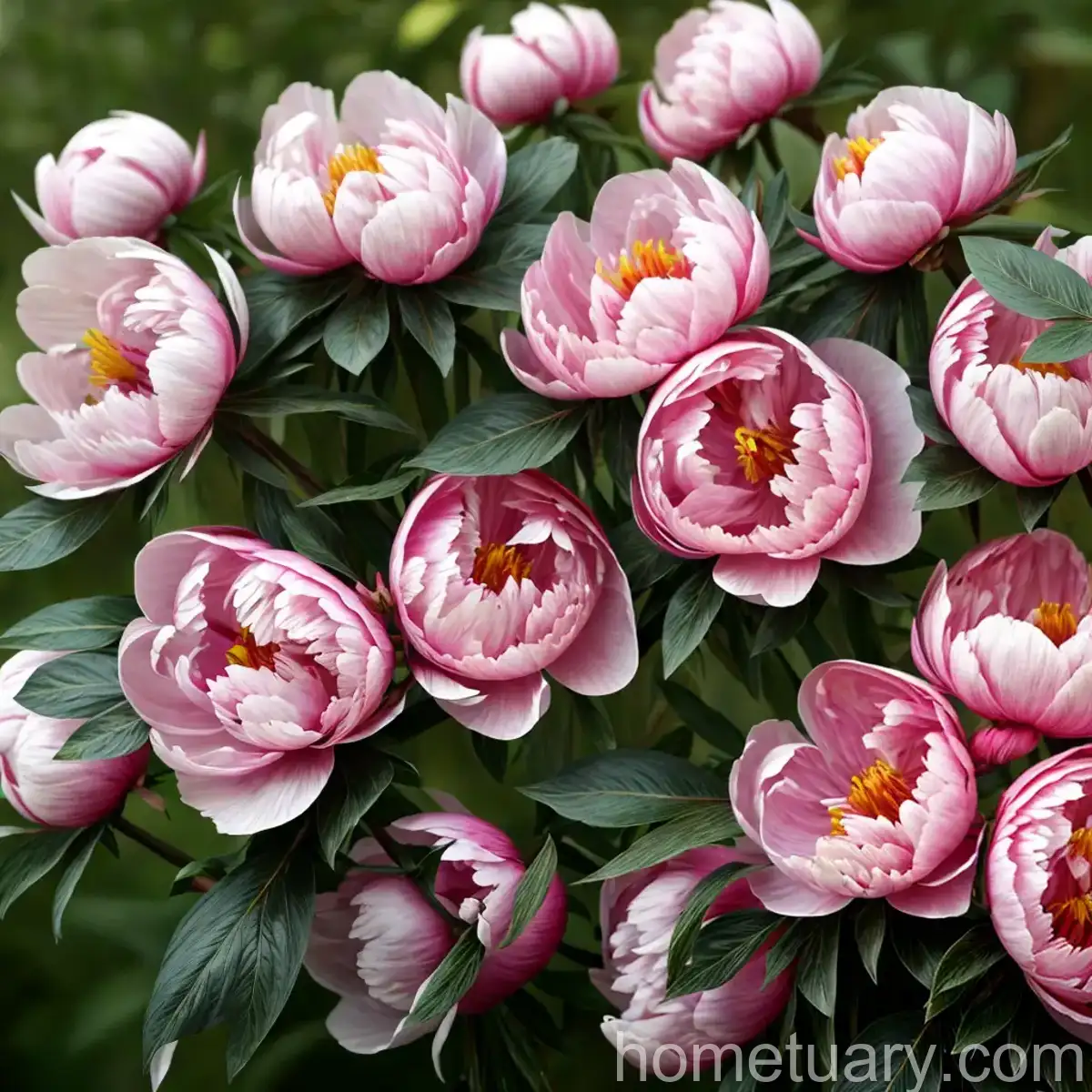Understanding the Sakhalin Spruce (Picea glehnii ‘Yatsubusa’)
As plant scientists and enthusiasts, we’re always intrigued by the diverse range of flora that surrounds us. One such fascinating plant is the Sakhalin Spruce, scientifically known as Picea glehnii ‘Yatsubusa.’ In this comprehensive guide, we will delve into the various aspects of this beautiful plant, including its culture, uses, care requirements, common diseases, and much more. So, let’s embark on an exploration of this remarkable species and uncover the secrets to successfully nurturing it in your garden or landscape.
What is a Sakhalin Spruce (Picea glehnii ‘Yatsubusa’)?
The Sakhalin Spruce, or Picea glehnii ‘Yatsubusa,’ is a cultivar of the Picea glehnii species, which is native to regions such as Sakhalin, Kuril Islands, and Hokkaido. It is a compact, slow-growing evergreen conifer that features dense, dark green foliage, making it a desirable ornamental plant for landscapes and gardens.
Amidst the vast array of spruce cultivars, the ‘Yatsubusa’ variety stands out due to its unique characteristics, which we’ll further explore in the subsequent sections.
Key Takeaways – Sakhalin Spruce (Picea glehnii ‘Yatsubusa’)
Let’s start by summarizing the key takeaways about the Sakhalin Spruce. Understanding these essential points will provide a foundation for our in-depth exploration of this intriguing plant.
- Plant Name: Picea glehnii ‘Yatsubusa’
- Common Name: Sakhalin Spruce
- Growth Habit: Compact, slow-growing evergreen
- Foliage: Dense, dark green
- Native Range: Sakhalin, Kuril Islands, Hokkaido
Now that we have an overview of the Sakhalin Spruce, let’s delve into its culture, uses, and specific care requirements to ensure its optimal growth and development.
Culture of Sakhalin Spruce
Cultivating plants successfully entails understanding their cultural requirements, including their ideal growing conditions and environmental preferences. Here, we’ll outline the culture of the Sakhalin Spruce, shedding light on its water, sunlight, fertilizer, soil, and pruning needs.
Uses
The Sakhalin Spruce, with its compact form and visually appealing foliage, serves various purposes in landscaping and gardening. Some common applications of this cultivar include:
- Ornamental Use: Its dense, dark green foliage and attractive form make it a sought-after ornamental plant in landscapes and gardens.
- Container Planting: The compact nature of the ‘Yatsubusa’ variety makes it well-suited for container planting, adding an elegant touch to patios, balconies, and garden spaces.
Now, let’s look at the specific cultural requirements for nurturing the Sakhalin Spruce.
Water
In its early establishment phase, the Sakhalin Spruce requires consistent and adequate moisture to support its root development and overall growth. However, once established, it demonstrates a good degree of drought tolerance. Here are some water-related considerations for this species:
- Establishment Phase: Ensure regular watering, especially during dry spells, to facilitate root establishment.
- Mature Plants: Once established, the Sakhalin Spruce exhibits good drought tolerance, requiring less frequent watering.
Sunlight
Like many conifers, the Sakhalin Spruce thrives in full sun to partial shade conditions. Here’s a brief overview of its sunlight preferences:
- Sun Exposure: Prefers full sun to partial shade, typically needing a minimum of 4-6 hours of direct sunlight for optimal growth.
- Shade Tolerance: While it prefers ample sunlight, it can tolerate partial shade conditions, especially in hotter climates.
Fertilizer
Appropriate fertilization can promote healthy growth and vibrant foliage in the Sakhalin Spruce. An annual application of a balanced, slow-release fertilizer in spring can provide the necessary nutrients for its development. When choosing a fertilizer, opt for a formulation specifically designed for evergreen trees and shrubs.
Soil
The Sakhalin Spruce thrives in well-draining, slightly acidic soils. When planting this cultivar or considering its soil requirements, keep the following points in mind:
- Drainage: Well-draining soil is essential to prevent waterlogging, which can be detrimental to the plant’s root system.
- Soil pH: A slightly acidic soil with a pH range of 5.5 to 6.5 is conducive to its growth and overall health.
Pruning
Pruning is an essential aspect of maintaining the shape and structure of the Sakhalin Spruce. Focus on the following when pruning this plant:
- Timing: Prune in late winter or early spring before new growth appears.
- Techniques: Remove any dead, damaged, or diseased branches. Minimal shaping may be necessary to maintain its desired form.
Now that we’ve explored the cultural aspects of the Sakhalin Spruce, let’s delve into its propagation, common diseases, and pest management.
Propagation of Sakhalin Spruce
Understanding the propagation methods for the Sakhalin Spruce is essential for those interested in expanding their collection or propagating this cultivar for commercial purposes. Here are the primary methods of propagation for this plant:
- Seed Propagation: Sakhalin Spruce can be grown from seeds, which should be sown in a well-draining, acidic soil mix and kept consistently moist until germination occurs.
- Softwood Cuttings: Propagation from softwood cuttings is another viable option. Take semi-ripe cuttings from the current season’s growth, treat them with rooting hormone, and place them in a moist, well-draining rooting medium.
By employing these propagation techniques, enthusiasts and horticulturists can multiply the Sakhalin Spruce to expand its presence in various landscapes and gardens.
Container Popularity and Maintenance
The compact nature of the ‘Yatsubusa’ variety lends itself well to container gardening. Whether adorning patios, decks, or outdoor living spaces, Sakhalin Spruce can be an elegant addition to container gardens. Here are some key points to consider for container planting:
- Container Size: Choose a container that provides ample room for root development while complementing the plant’s overall aesthetic.
- Drainage: Ensure that the container has adequate drainage holes to prevent waterlogging.
- Maintenance: Regular watering and occasional fertilization will be necessary to support the plant’s growth and health in a container environment.
Now that we’ve covered the propagation and container aspects, let’s shift our focus to the plant’s disease susceptibility and common pests.
Common Diseases and Pest Management
Like any plant, the Sakhalin Spruce is susceptible to certain diseases and pests. Understanding these potential issues is crucial for effective management and maintenance. Let’s take a look at some common diseases, their diagnosis, and management strategies:
Common Diseases
-
Needle Cast: Characterized by the browning and shedding of needles, needle cast is a common fungal disease that can affect spruce trees, including the Sakhalin Spruce. It is crucial to identify and treat this disease promptly to prevent the spread of infection.
-
Cytospora Canker: Cytospora canker is a fungal disease that can cause branch dieback and resinous cankers on the trunk of the tree. Pruning out affected branches and maintaining tree vigor through proper cultural practices can help manage this disease.
Disease Diagnosis
Diagnosing diseases in the Sakhalin Spruce involves careful observation of symptoms such as discoloration, stunted growth, or unusual patterns on the foliage. Consultation with a plant health specialist or diagnostic laboratory can aid in accurate disease identification.
Common Pests
- Spruce Spider Mites: These tiny arachnids can cause stippling and discoloration of the foliage. Regular inspection and the use of horticultural oils or insecticidal soaps can help control their population.
- Spruce Gall Adelgids: Adelgids can cause abnormal growths or galls on spruce trees, affecting their overall appearance. Treatment with appropriate insecticides may be necessary to manage this pest.
By staying vigilant and implementing proactive pest management measures, plant enthusiasts can mitigate the impact of diseases and pests on the Sakhalin Spruce.
Botanist’s Tips for Sakhalin Spruce Care
As seasoned botanists, we understand the significance of providing valuable tips for the optimal care of the Sakhalin Spruce. Here are some expert insights to help enthusiasts and horticulturists achieve success with this cultivar:
- Mulching: Apply a layer of organic mulch around the base of the tree to conserve soil moisture and suppress weed growth.
- Winter Protection: In regions with harsh winters, consider providing protection from drying winds and extreme cold to minimize potential winter damage.
- Routine Inspection: Regularly inspect the foliage and stem of the Sakhalin Spruce for signs of diseases, pests, or any abnormalities that may warrant attention.
By incorporating these tips into the care regimen, individuals can contribute to the long-term health and vitality of the Sakhalin Spruce in their respective landscapes.
Fun Facts about Sakhalin Spruce
Before we conclude our exploration of the Sakhalin Spruce, here are some intriguing and lesser-known facts about this captivating plant:
- Japanese Origin: The ‘Yatsubusa’ cultivar of the Sakhalin Spruce has its origins in Japan, where it is highly esteemed for its ornamental value.
- Compact Growth: Its compact growth habit makes it an ideal choice for small gardens, rockeries, and bonsai enthusiasts seeking a miniature conifer for their collections.
Now that we’ve uncovered various facets of the Sakhalin Spruce, including its culture, maintenance, and interesting facts, let’s explore some external resources and additional information for those interested in further enrichment and research.
Links to External Resources
To expand your knowledge and delve deeper into the world of Sakhalin Spruce and related topics, we recommend exploring the following external resources:
-
American Conifer Society: The American Conifer Society offers valuable insights into conifer cultivation, including a wealth of information on spruce species such as Picea glehnii ‘Yatsubusa.’
-
University Extension Websites: University extension websites, such as those provided by reputable institutions like the University of Minnesota Extension, offer comprehensive guides on tree care, pest management, and disease prevention.
-
Botanical Gardens: Botanical gardens and arboreta often feature diverse conifer collections, providing opportunities for firsthand observation and learning about plants like the Sakhalin Spruce.
In conclusion, the Sakhalin Spruce (Picea glehnii ‘Yatsubusa’) stands out as a captivating and adaptable conifer with versatile uses in ornamental horticulture. By understanding its cultural requirements, propagation techniques, and proactive maintenance measures, enthusiasts and horticulturists can foster the growth and longevity of this remarkable plant. With the right knowledge and care, the Sakhalin Spruce can thrive as an enduring and enchanting presence in landscapes, gardens, and container settings.




